A Complete Guide to MCBs
What are MCBs and how do they work? Discover all you need to know in our comprehensive guide.

This guide to miniature circuit breakers (MCBs) explains everything you need to know about the types and sizes available. We outline the best brands and explain the function of MCBs in your electrical projects.
What is an MCB?
Let’s start with the basics – just what is a miniature circuit breaker? An MCB is an automatically operated electrical switch. Miniature circuit breakers are intended to prevent damage to an electrical circuit as a result of excess current. They are designed to trip during an overload or short circuit to protect against electrical faults and equipment failure.
MCBs are widely used as isolating components in domestic, commercial, and industrial settings. They form part of a broader family of more powerful circuit-breaking components.
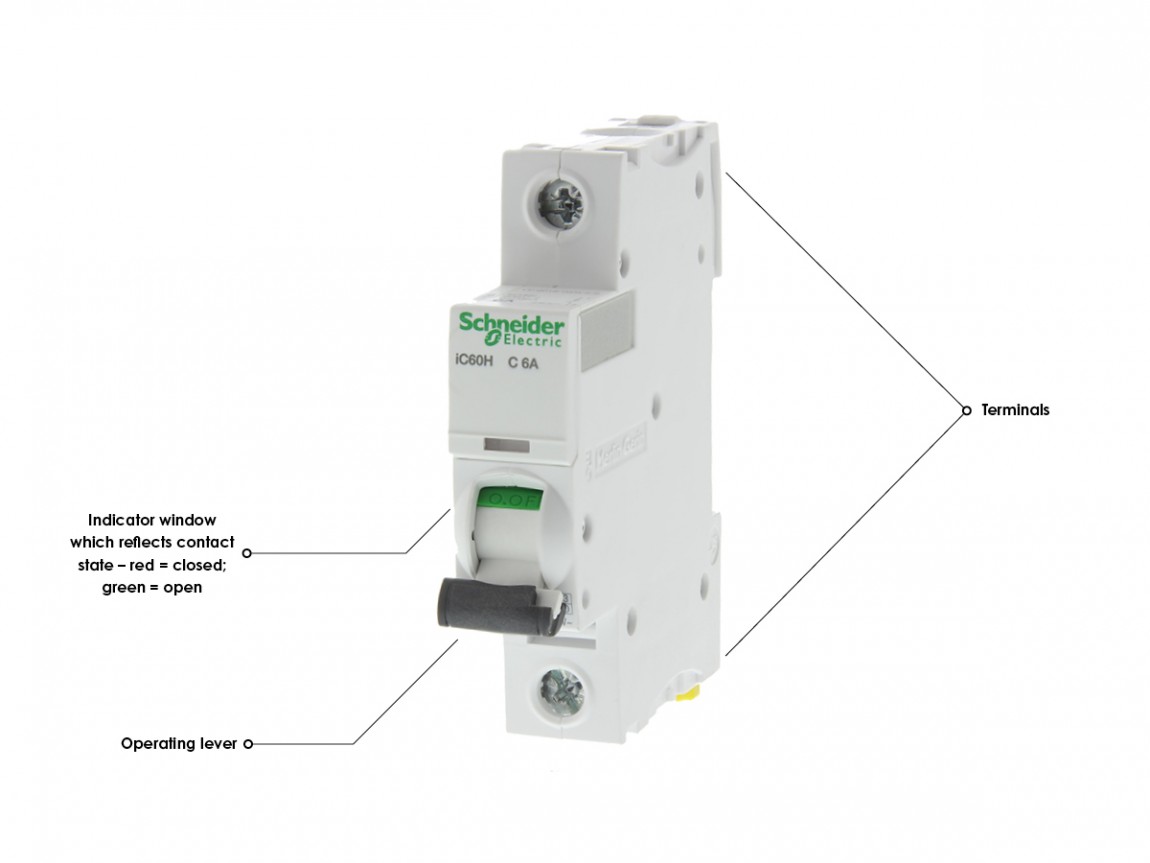
How Does a Miniature Circuit Breaker Work?
Mini circuit breakers are triggered by overcurrent - electrical current that exceeds a designated safe current and makes use of a relatively robust mechanical mechanism designed to minimise failures and false alarms.
Excess current causes the bimetallic strip within the MCB to heat, bend, and trip. This releases a switch that moves the electrical contact points apart to confine the arc (electrical discharge). The arc is divided and cooled by an insulated metal strip called the arc chute. The contacts close again once the fault has been fixed and the MCBs are reset.
An MCB is designed to protect against both overloading and short-circuiting. These are detected differently using separate processes. Overload protection is provided by the bimetallic strip using thermal operation, whereas short-circuit protection is provided by the tripping coil via electro-magnetic operation.
If the discharge is especially high, the MCB will trip (activate) very quickly – within one-tenth of a second. When the overcurrent is closer to the safety limits, the component will be slower to respond.
Different MCB Types Explained
Several different MCB types are available – types A, B, C, D, K, and Z. However, the three key versions are type B, type C, and type D. Each is designed to be responsive to the likely strength of electrical surges in different settings. These variations are typically known as their ‘trip curve’ but can also be known as their tripping characteristics or overcurrent characteristics.
Let’s take a look at the differences between each primary type:
Type B MCBs
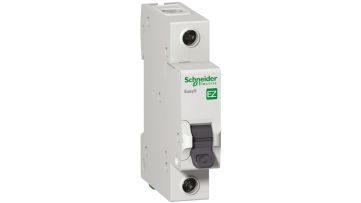
Type B circuit breakers are designed to trip if the current flowing through hits between three and five times the recommended maximum or ‘rated load’.
This is the most sensitive type of MCB, designed for domestic applications, and low voltage commercial settings where any current surges are likely to be small.
Type C MCBs

Type C circuit breakers are used for more powerful electrical devices where any surges are likely to be higher – typically commercial and industrial environments.
They are designed to trip at currents between five and ten times their rated load. Good examples include smaller electric motors and fluorescent lighting.
Type D MCBs
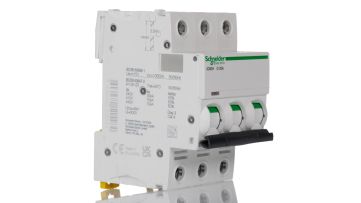
D-type MCBs are the least sensitive type, only activating when current surges to between ten and twenty times the recommended maximum.
D-rated MCBs are built for heavy-duty commercial and industrial devices where very strong current surges occasionally occur. Examples include welding equipment, X-ray machines, large motors, and uninterruptible power supply units.
Other MCB Types
A few more specialised MCB models are available. These include:
-
Type K MCBs – these will trip when the current reaches eight to twelve times the recommended maximum. They are a good choice for motors
-
Z-type MCBs – these are highly sensitive MCBs, tripping when current exceeds the rated load by only two to three times. They are used with more delicate devices prone to short circuits, such as semiconductors
How to Choose the Right MCB
The type of MCB that you should buy depends on the specifics of your device or installation. When shopping for an MCB, compare the following factors:
-
The tripping characteristics
-
The breaking capacity – the maximum current a circuit breaker can interrupt without destruction or releasing an arc. This needs to match the likely strength of any surges in the vicinity of the installation. Breaking capacities are measured in kiloamperes (kA), each of which is 1,000 amperes (amps), the standard unit of electrical current
-
The number of poles or trippable switches within the MCB housing. Pole options include single, double, triple and neutral, and four-pole. Triple or three-pole models are common; these can simultaneously break the current on all three circuits if a fault occurs on any one
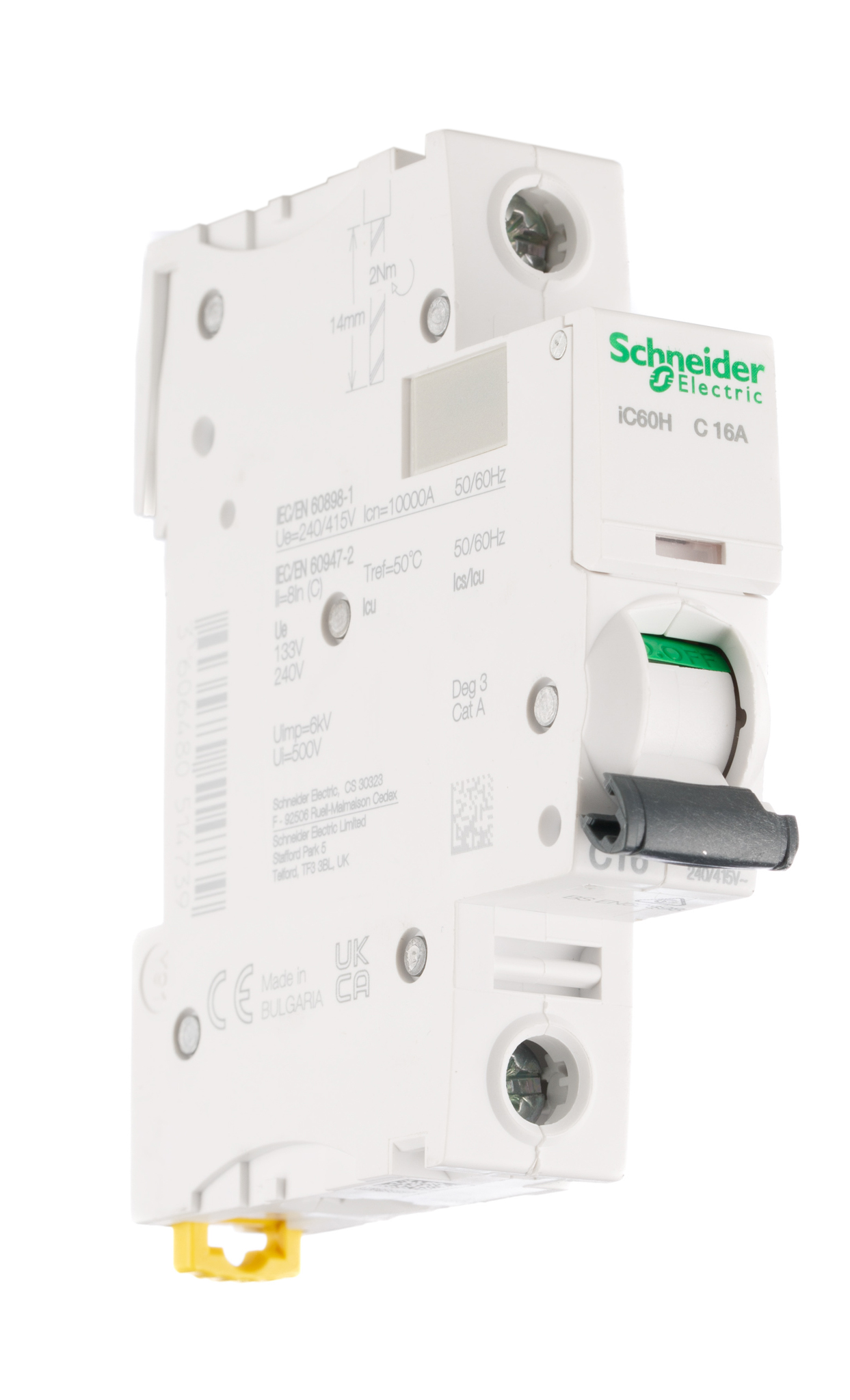
Single Pole MCBs
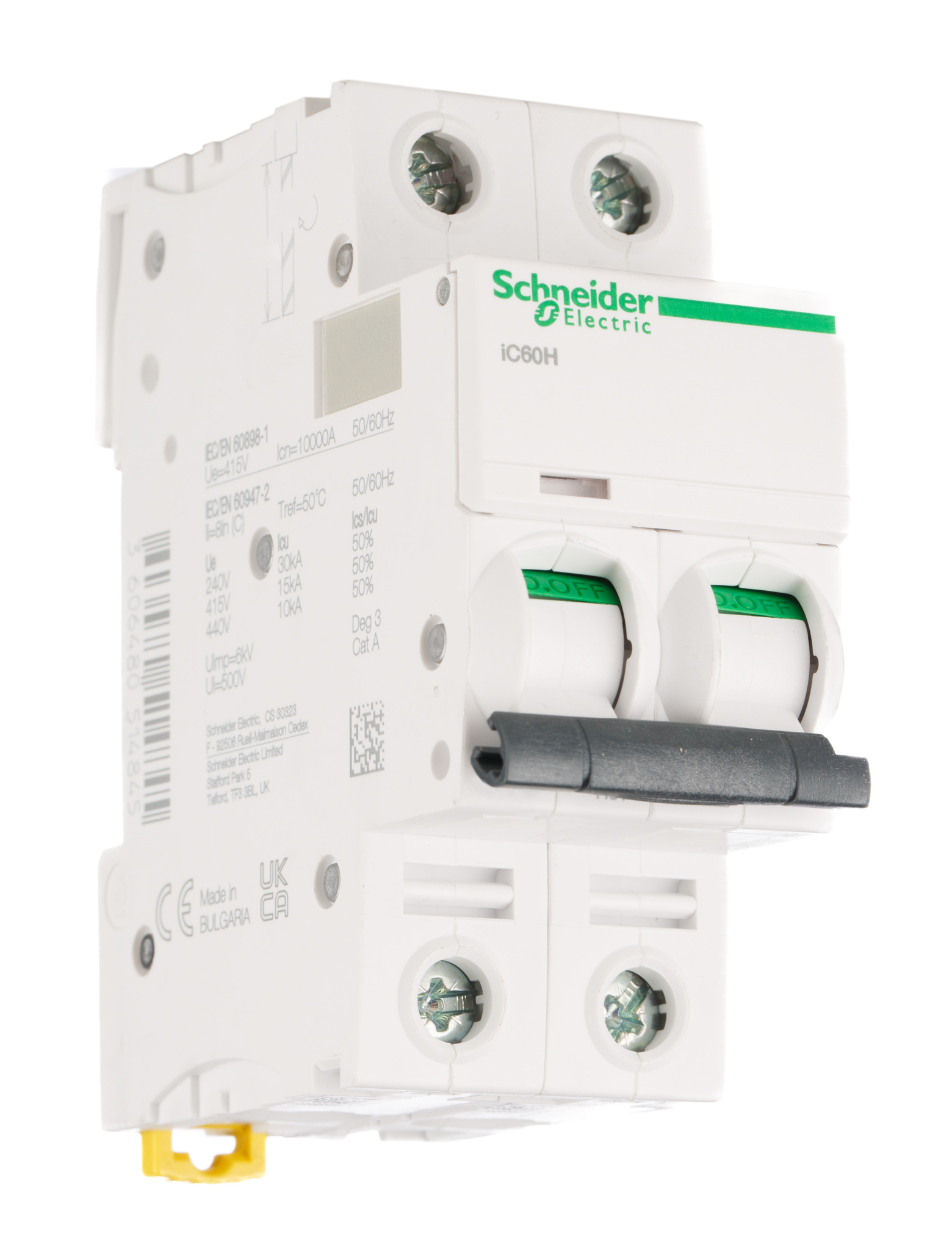
Double Pole MCBs
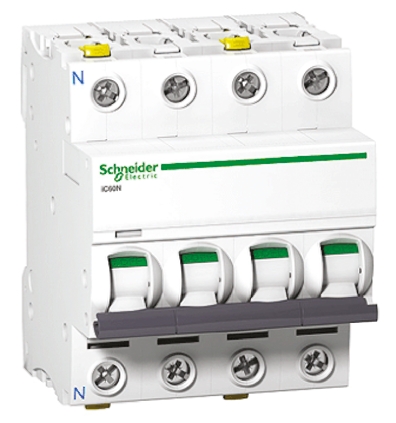
Four-Pole MCBs
MCB Choices by Ampere Rating
The following lists some of the most frequently-encountered load capacities for commercial MCBs:
MCB Choices by Breaking Capacity
The following are the most frequently-encountered breaking capacities of commercial MCBs:
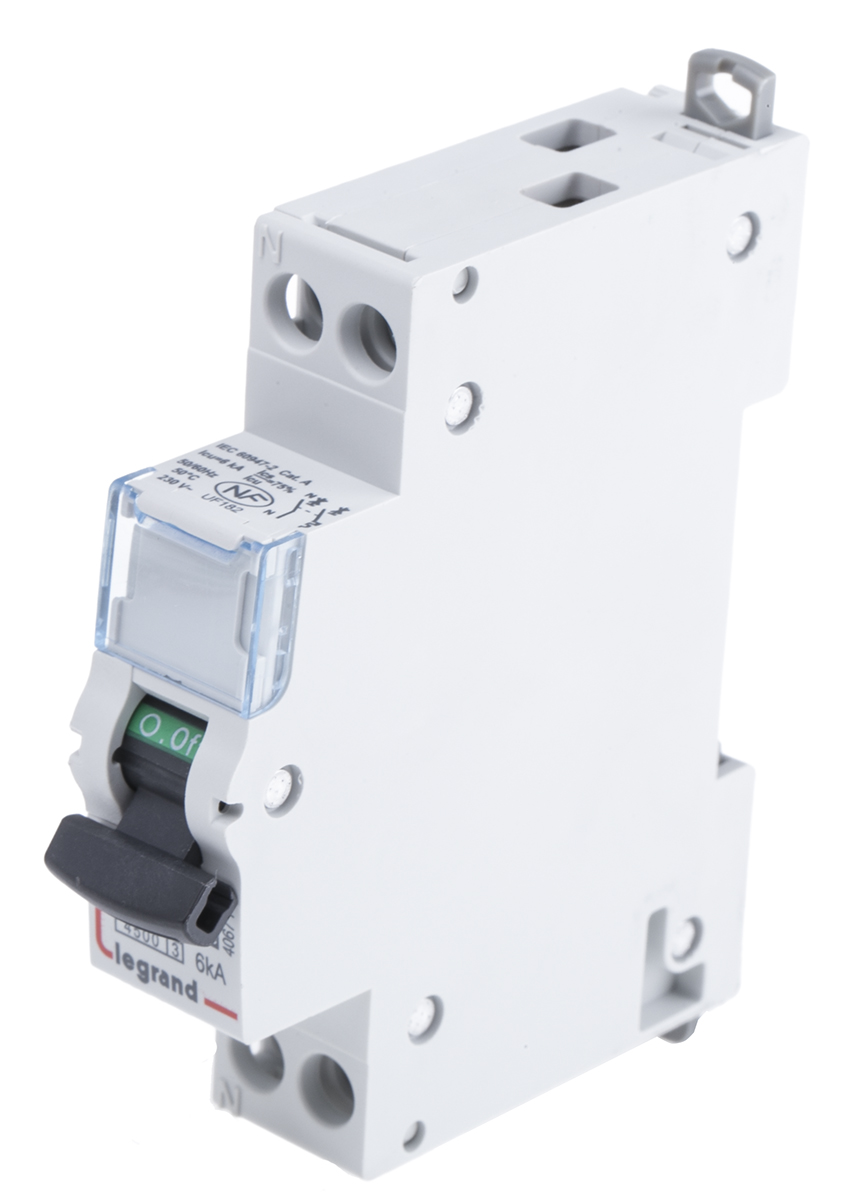
4.5kA MCBs
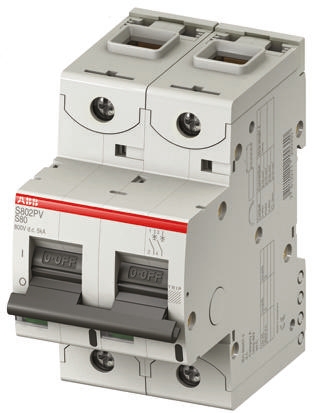
5kA MCBs

6kA MCBs
Chart Comparing Typical MCB Applications
| Image | Shop Now | Type | Rating | Number of Poles | Applications |
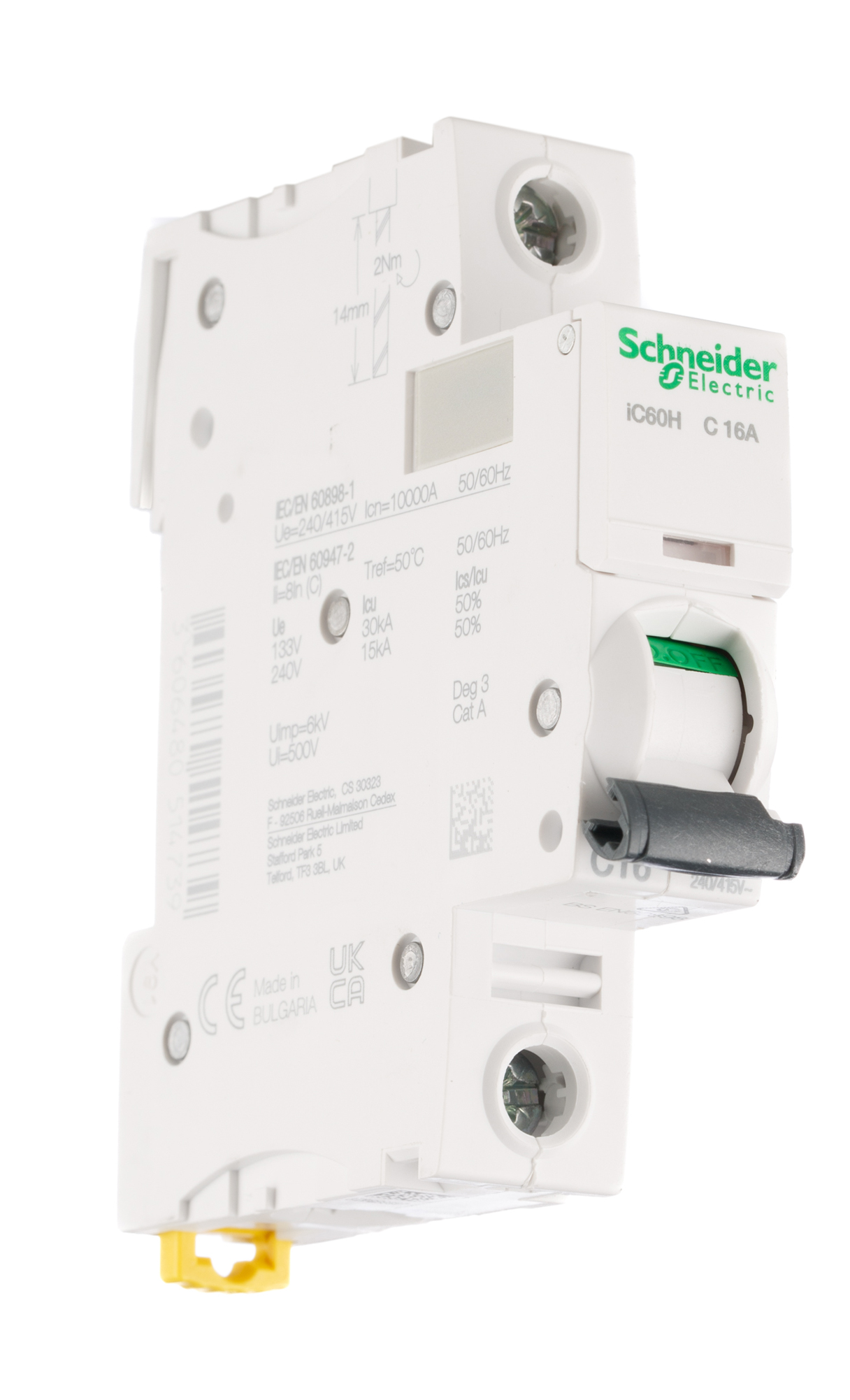 |
Buy here | Type C | 16A | 1 | Computers |
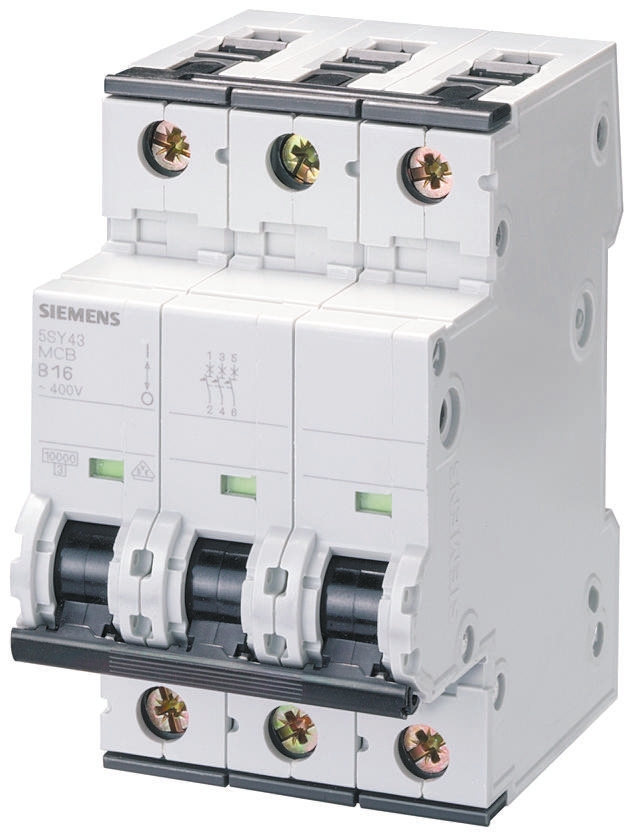 |
Buy here | Type B | 32A | 3 | Domestic appliances |
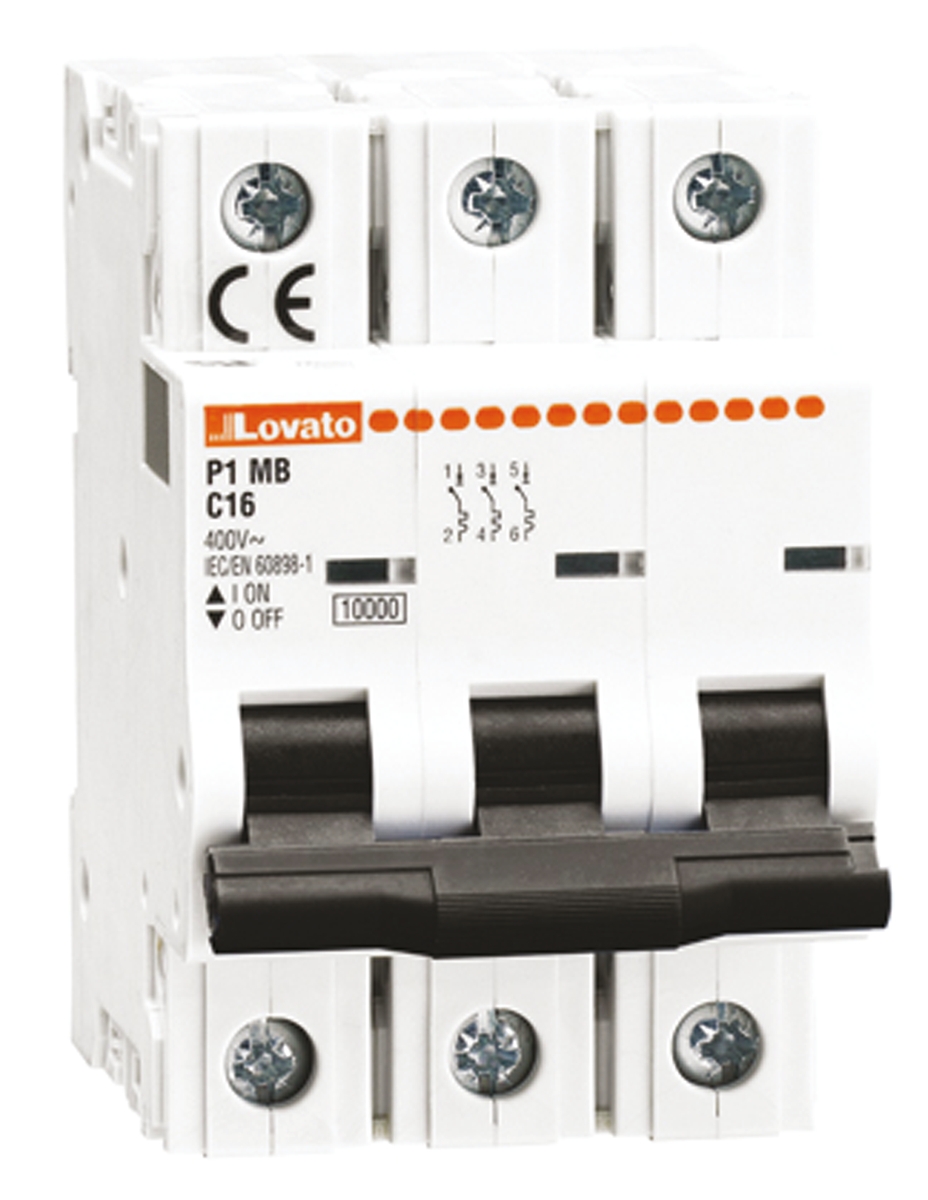 |
Buy here | Type B | 16A | 3 | General-purpose |
 |
Buy here | Type D | 40A | 3 | Industrial |
 |
Buy here | Type C | 6A | 1 | Motor control |
MCBs by Brand
Key MCB brands are compared in the following chart:
| Image | Brand & Product Type | Main Benefits | Typical Applications |
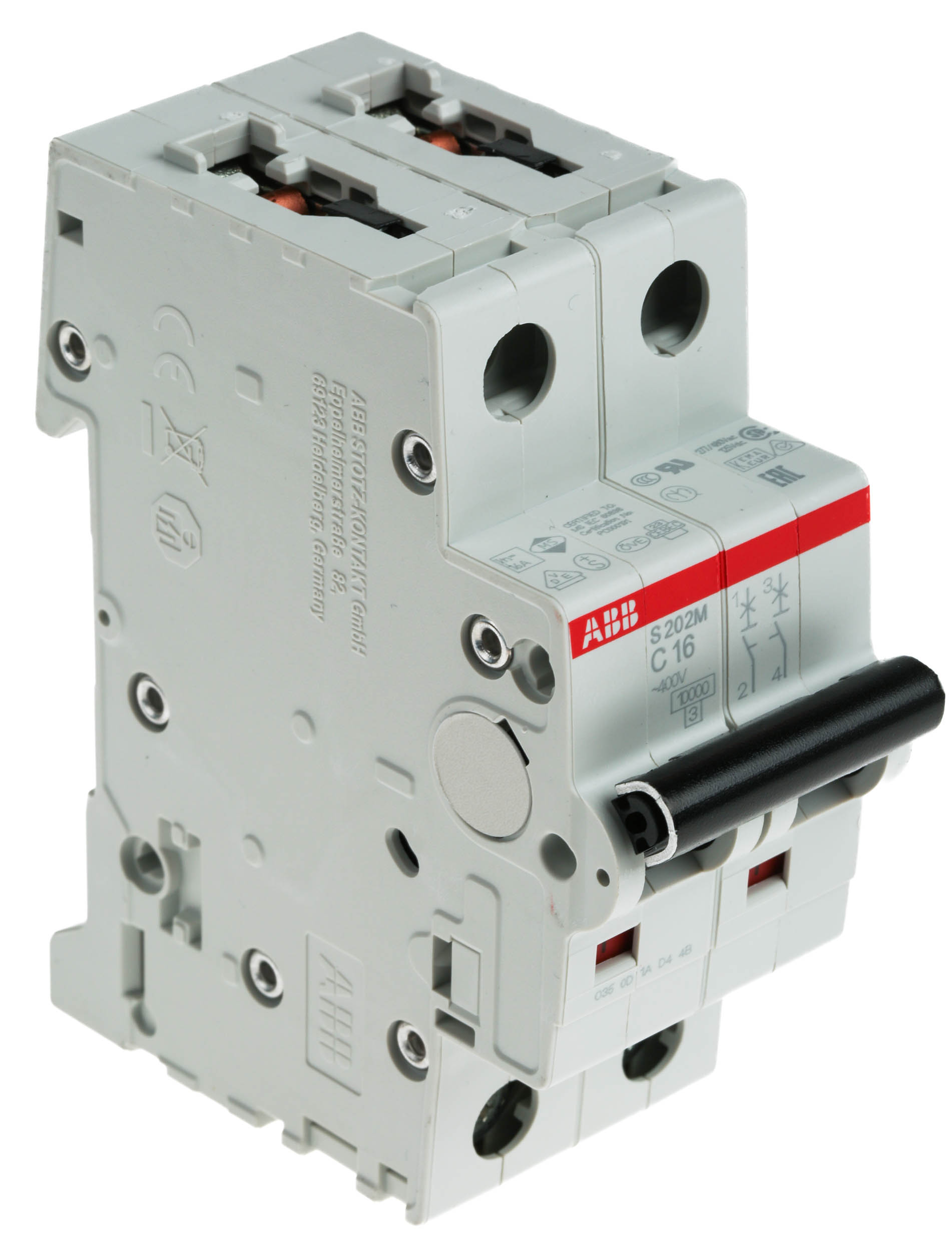 |
ABB MCBs | Complete range of MCBs to cover most applications Space and time-saving design |
Residential, commercial and industrial applications |
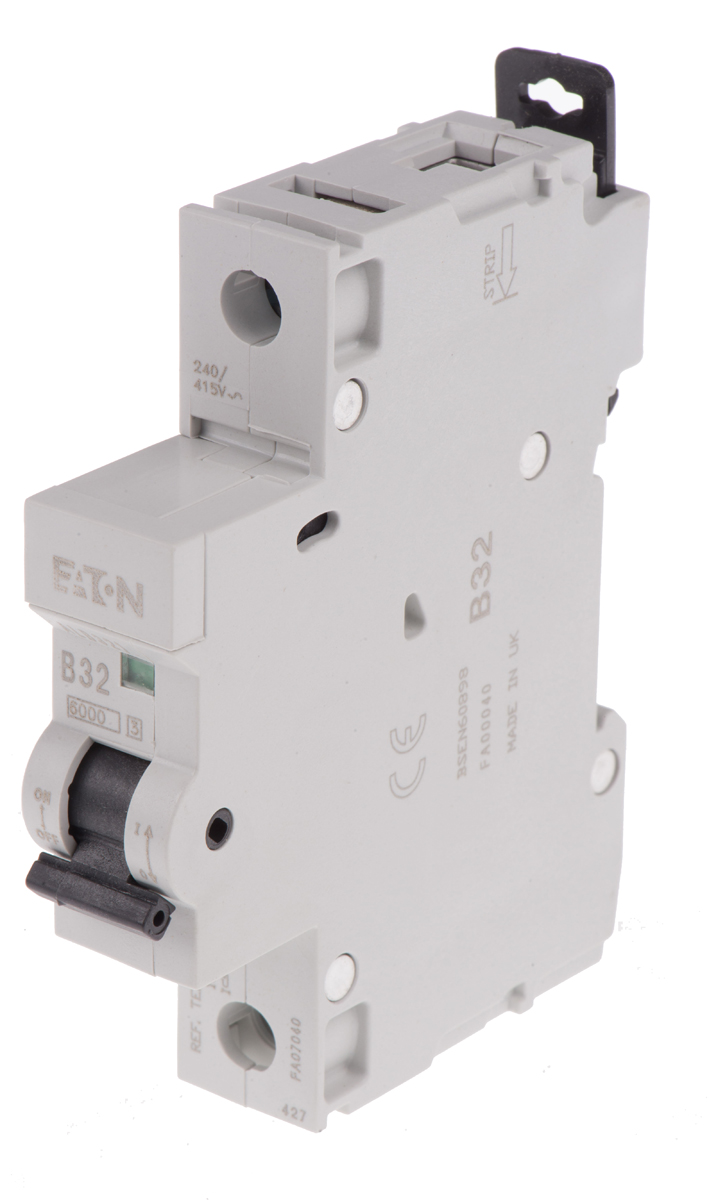 |
Eaton MCBs | Professional range of MCBs Safe and reliable |
Commercial and industrial |
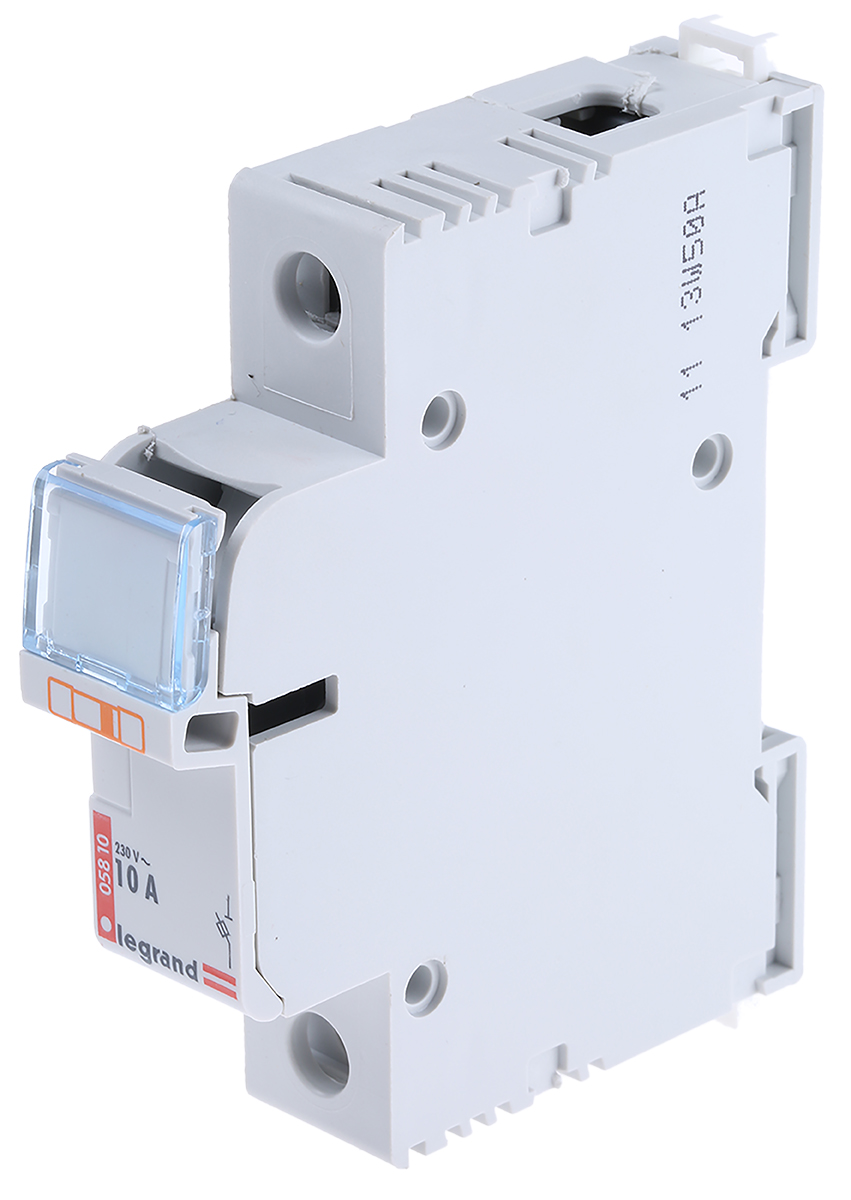 |
Legrand MCBs | Leading-edge technical features High-performance ranges |
Residential, commercial and industrial applications |
 |
Schneider MCBs | Excellent circuit protection Rigorously tested |
Wide range of applications; industrial and commercial |
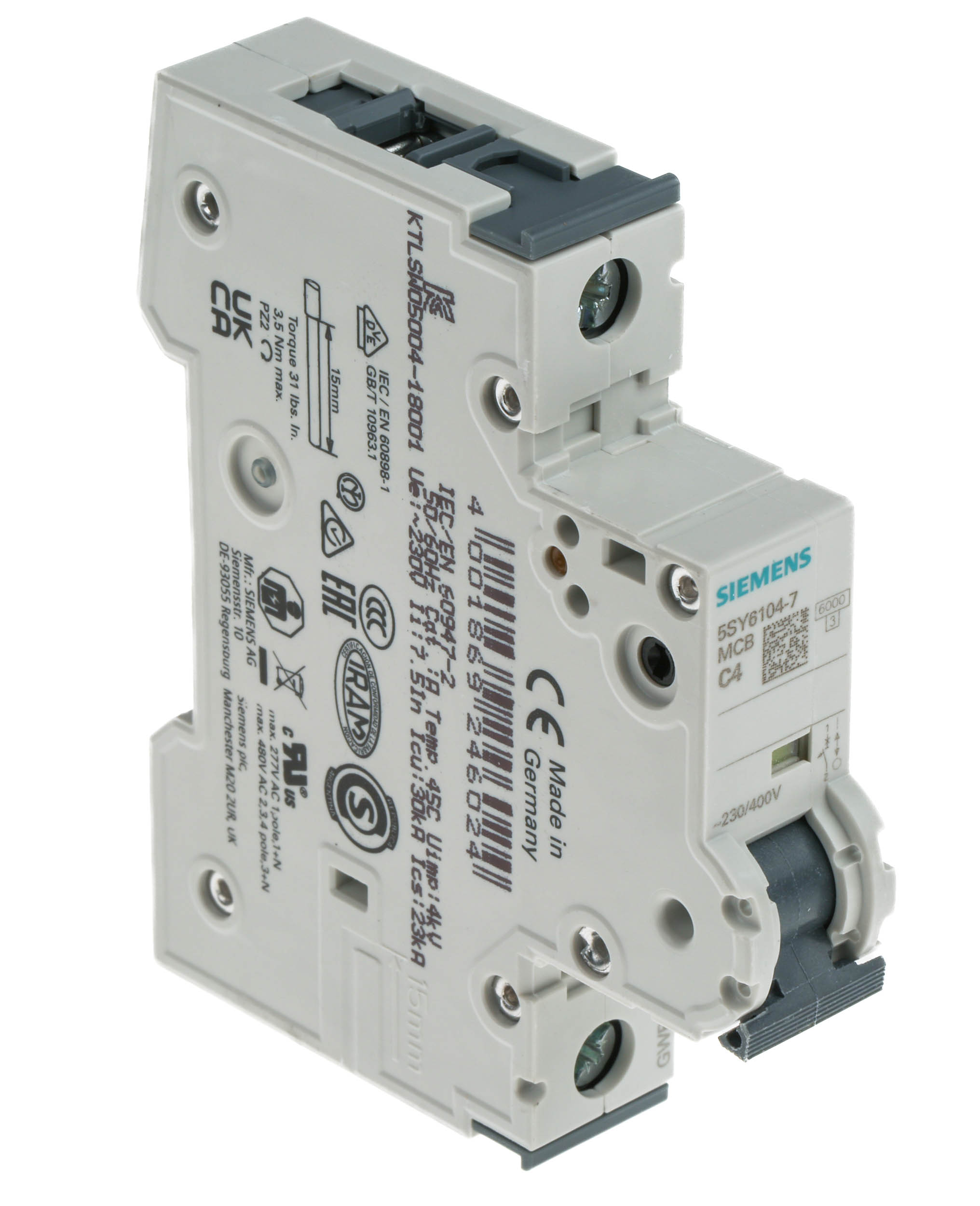 |
Siemens MCBs | High-performance range Innovative mounting options |
Wide range of applications |
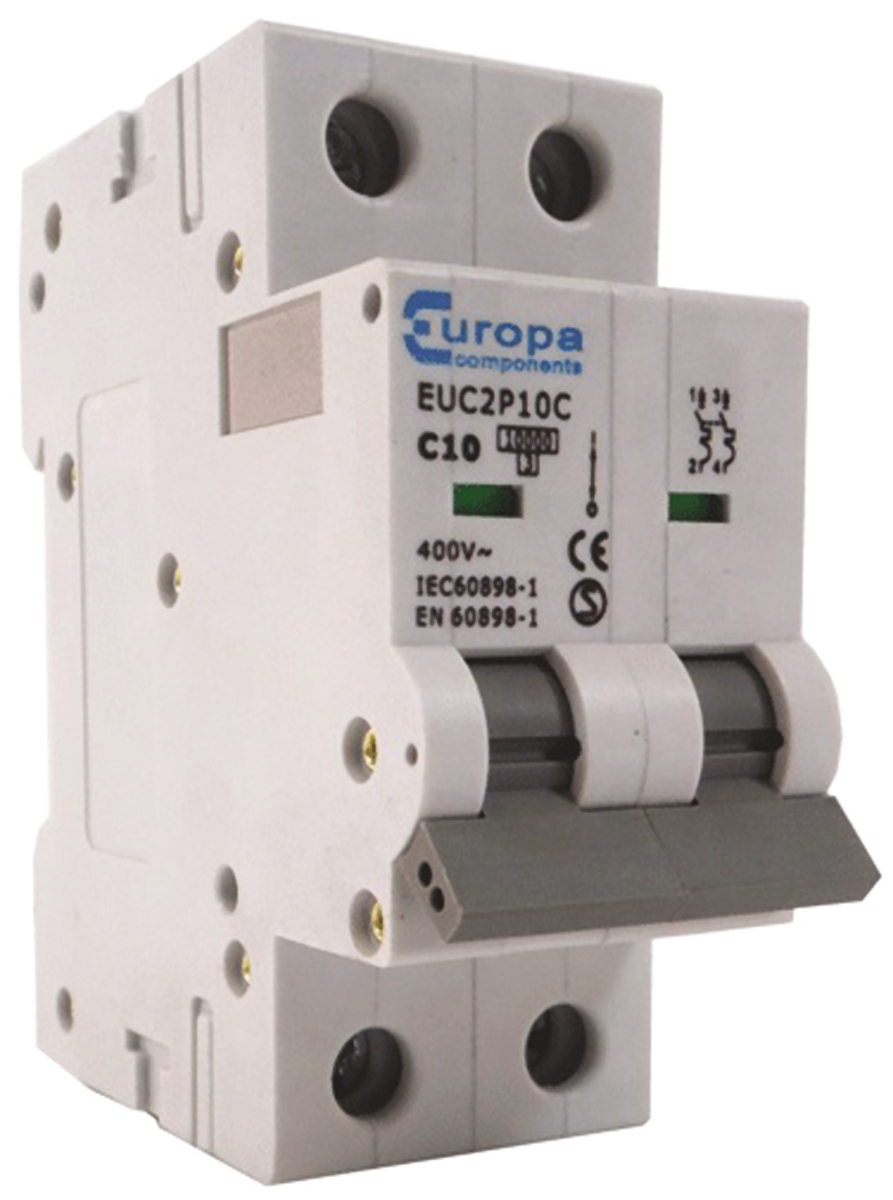 |
Europa MCBs | Perfect for consumer unit fitting Fully tested and conform to all relevant standards |
Perfect for residential applications |
FAQs
How Do You Test MCBs?
To test an MCB after installation, you will need a suitable portable voltage meter from a reputable manufacturer. Electricians also recommend manually inspecting the switching mechanism of MCBs before installation; typically, a greater degree of pressure is needed to open and close more reliable models.
Can You Mix MCBs?
Specifications matter more than brand when choosing MCBs, so in theory, you can use any component that is compatible with a particular device. However, mixing brands in the same installation is not recommended as it makes testing less reliable and can invalidate warranties and installation guarantees.
Why are MCBs Preferred to Fuses?
MCBs serve a similar function to electrical fuses, which are designed to melt and thereby break a circuit if the current flowing through exceeds a designated limit. However, fuses can be less reliable than MCBs - the latter work better in lower voltage settings and do not require replacement after use.
What is the Difference Between MCBs and MCCBs?
Moulded case circuit breakers (MCCBs) have a very similar function to MCBs but they also have a higher capacity. MCBs are all sub-100-amp devices and are designed for low voltage circuits, so their trip curves cannot be adjusted. By contrast, MCCBs feature adjustable trip characteristics, which means that they can be used with higher voltages – as much as 2,500 in some instances.
What is the Difference Between MCBs and ELCBs?
ELCBs (earth-leaking circuit breakers) use earthing as their primary method of controlling electrical current and preventing electrocution. They work by detecting any stray voltage on the enclosure of a device and then breaking the circuit if it exceeds a designated level. They perform a similar function to RCDs, but the latter detect stray voltage directly and so are now more favoured by electricians.
What is the Difference Between MCBs and RCDs?
Residual current devices (RCDs) are a different form of electrical safety equipment. While MCBs have a general function, RCDs are specifically built to protect against the frequently fatal risk of electrocution from touching exposed wires or incorrectly earthed cables. They operate directly within electrical circuits to detect faults and cut off potentially hazardous currents.
RCDs are also available in various different types – types A, B, C, D, K, and Z. In the United States and Canada, they are known as ground fault circuit interrupters (GFCIs).
Related Guides
RCBOs Guide
There are many things to consider when choosing the right RCBO. Find out more in our comprehensive RCBOs guide.
Future of Automation
This guide focuses on the future of automation. We explore the benefits of automation and how the future of industrial automation may look.
Fused Spurs Guide
Our fused spur buying guide explains everything you need to know about the different types and sizes available.
Electrical Safety
Our electrical safety guide offers some useful and practical guidance to help you stay safe when using and working with electricity.